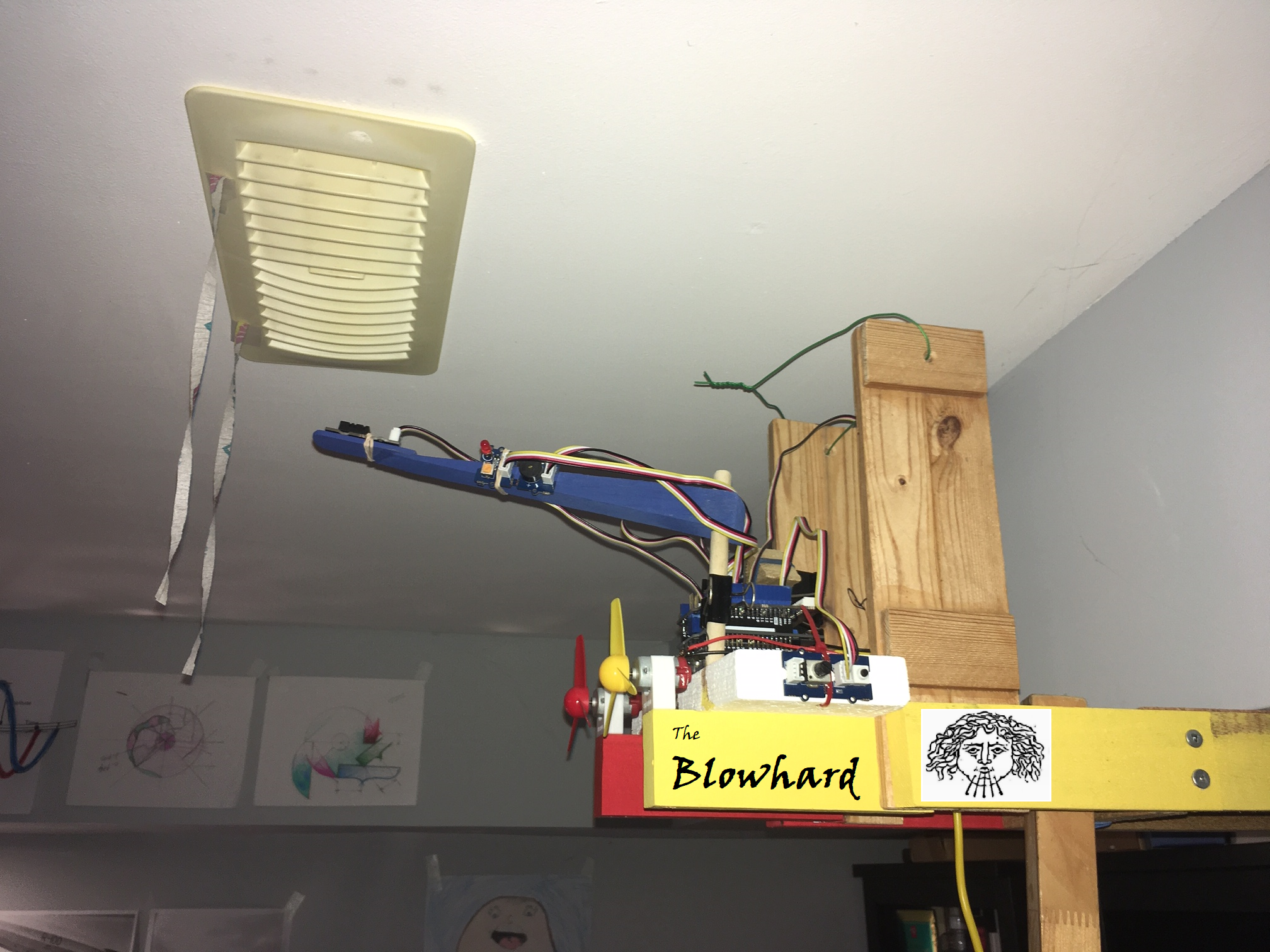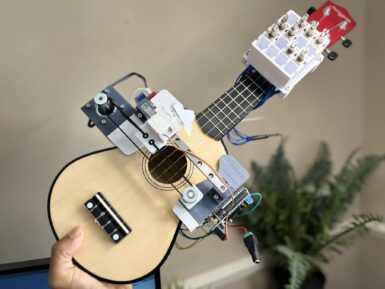
Overview
The possibilities are infinite with this Kit of essential Arduino components.
Prototype with the solderless breadboard to control sensors and actuators with Arduino.
You'll need some materials of your own as your progress through your project to make it really unique.
At the very least, you will need a 9V battery and a computer, but we recommend keeping some basic craft supplies handy - like paper, tape, markers and scissors.
Use the Arduino IDE and Arduino Project Hub for tutorials and projects!
Tech specs
The Kit includes:
- 1 USB cable
- 1 Breadboard
- 70 Solid core jumper wires
- 1 LED (Green)
- 1 LED (Yellow)
- 3 LEDs (Red)
- 5 Capacitors (10nF)
- 5 Capacitors (100nF)
- 5 Capacitors (100uF)
- 2 Transistors (BC547)
- 2 Optocouplers (4N35)
- 1 Potentiometer (10k ohm)
- 1 Mosfet Transistor (IRF520)
- 1 Diode (1N4007)
- 1 Thermistor (4,7k ohm)
- 1 Piezo Buzzer
- 5 Push Buttons
- 2 Tilt Sensors
- 1 Photoresistors
- 5 Resistors (330k ohm)
- 5 Resistors (10k ohm)
- 5 Resistors (2.2k ohm)
- 10 Resistors (220 ohm)
- 1 Male Headers Pins (40x1)
The Arduino UNO Rev3 board is nor included.
Resources for Safety and Products
Manufacturer Information
The production information includes the address and related details of the product manufacturer.
Arduino S.r.l.
Via Andrea Appiani, 25
Monza, MB, IT, 20900
https://www.arduino.cc/
Responsible Person in the EU
An EU-based economic operator who ensures the product's compliance with the required regulations.
Arduino S.r.l.
Via Andrea Appiani, 25
Monza, MB, IT, 20900
Phone: +39 0113157477
Email: support@arduino.cc
Get Inspired

Rate-of-Rise triggered axial fan blowers to improve warm air circulation in a room with one HVAC inlet vent

The ukulele has a bit of a reputation for being quaint, but it is a legitimate instrument like any other and that means it takes a lot of practice to play competently. Zeroshot is too busy building cool stuff to bother with all of that, so he put his skills to use constructing this robotic ukulele that plays itself. Like a guitarist, a ukulelist can play a note by strumming multiple strings at once or by picking individual strings. More exotic techniques are also possible, but uncommon and outside the scope of this project. The key to Zeroshot’s design is the mechanism that can both pick and strum. It does so by using two actuators: a servo motor to lift and drop the pick, and a stepper to slide the pick back and forth perpendicular to the strings. An Arduino UNO Rev3 board controls those motors through a HiLetgo L293D motor shield, with a TMC2208 driver module for the stepper. The Arduino can lower the pick and strum it across all of the strings, or it can move to a specific string and pluck just that one. But it would be limited to only a handful of songs if it could only play open strings, so Zeroshot also needed to add hardware to hold the strings down on the fretboard. He chose solenoids for that job, held in a 3D-printed mount. With power coming from the motor shield, the Arduino can extend the solenoids to play any required notes. Zeroshot designed the mount to accommodate up to 16 solenoids, for the first four frets across the four strings. When including open strings, that would give the robot up to 20 notes to work with. But a lot of songs only require a handful of solenoids, as Zeroshot demonstrated by performing Celine Dion’s “My Heart Will Go On.”









